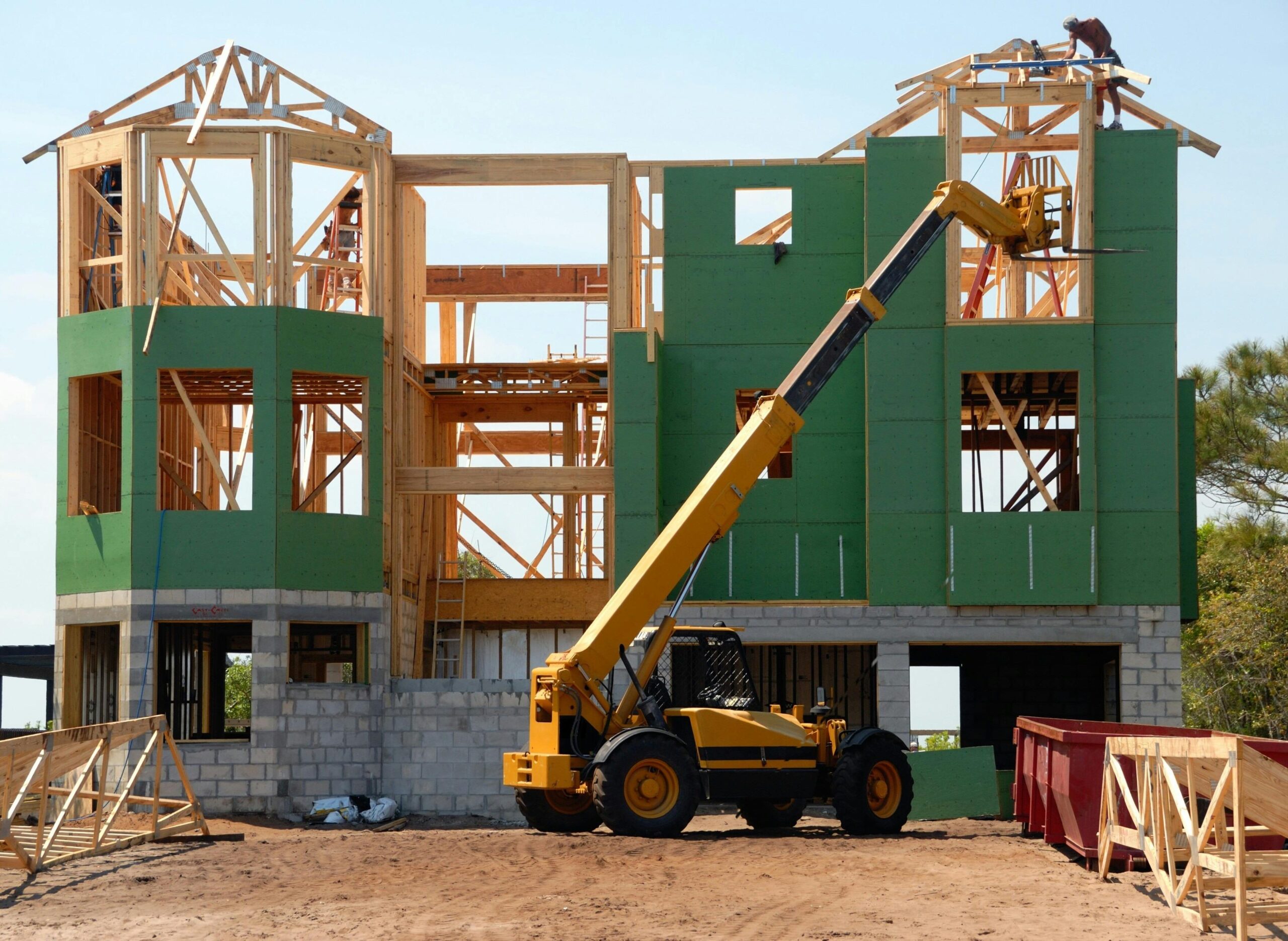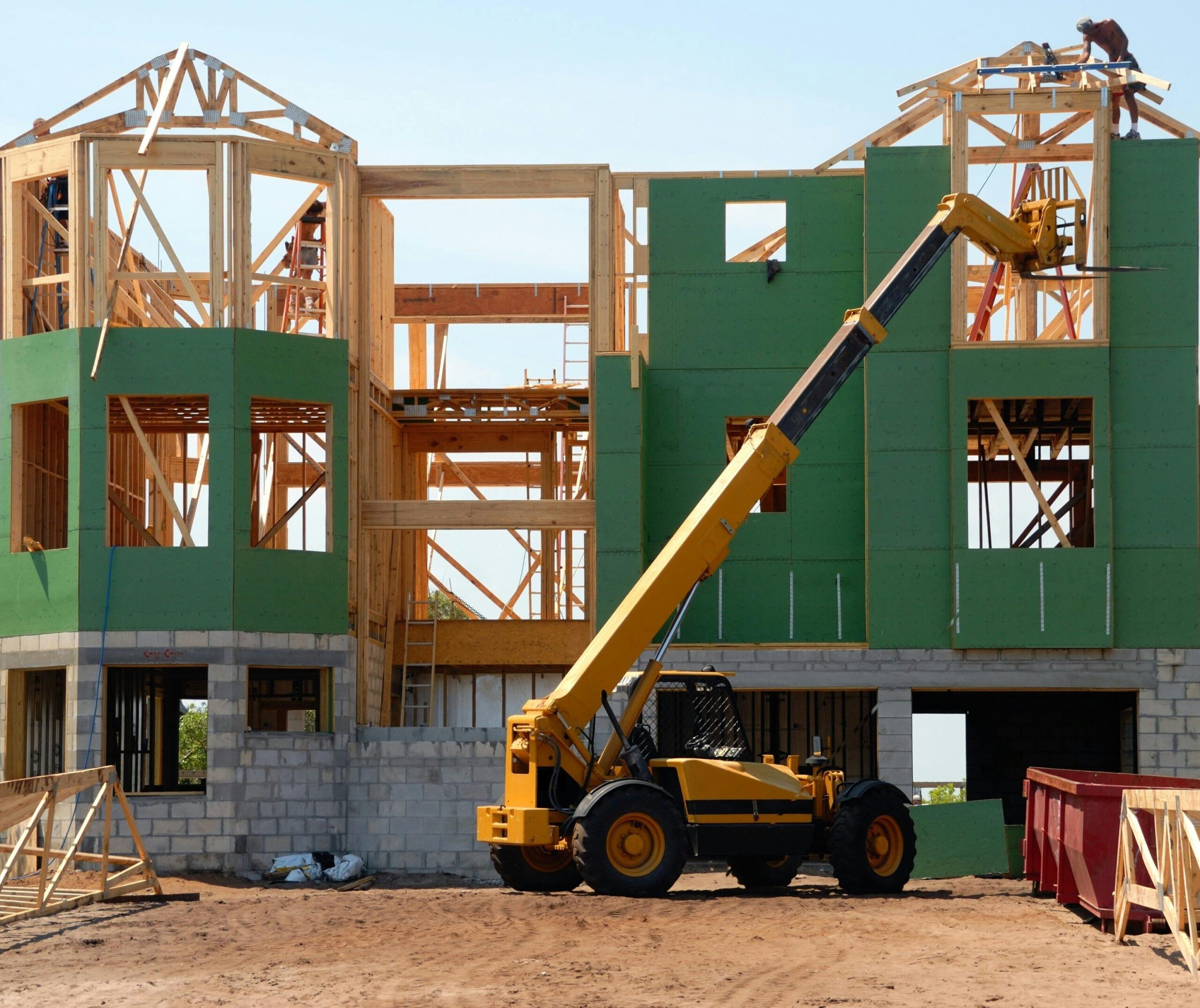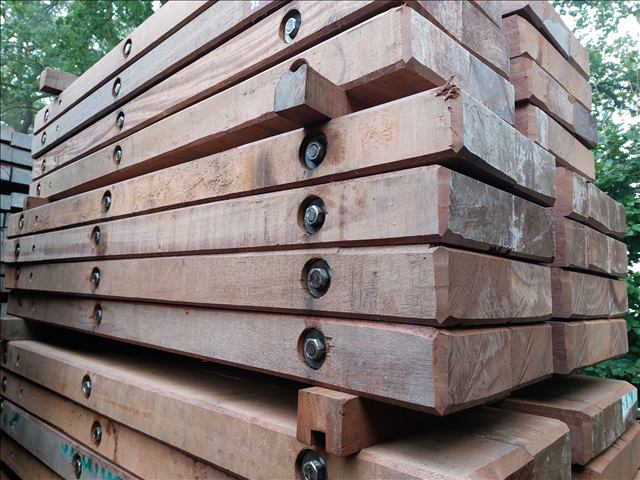Timber Mats Can Help Ensure That Forestry Management Runs Smoothly While Reducing The Risk Of Time-Consuming Incidents While Protecting The Environment
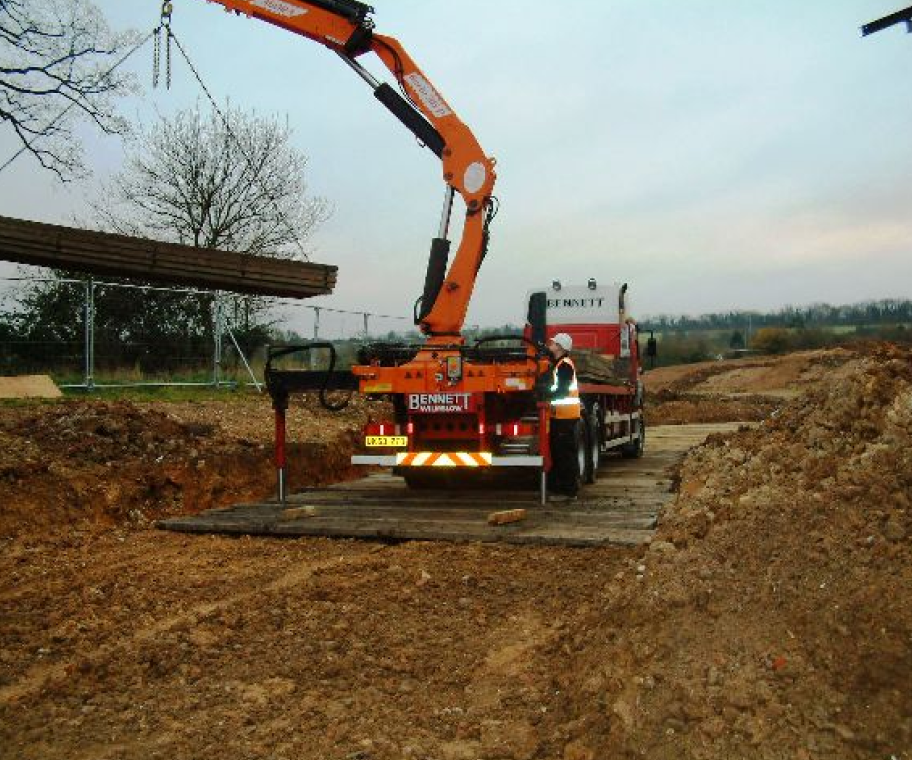
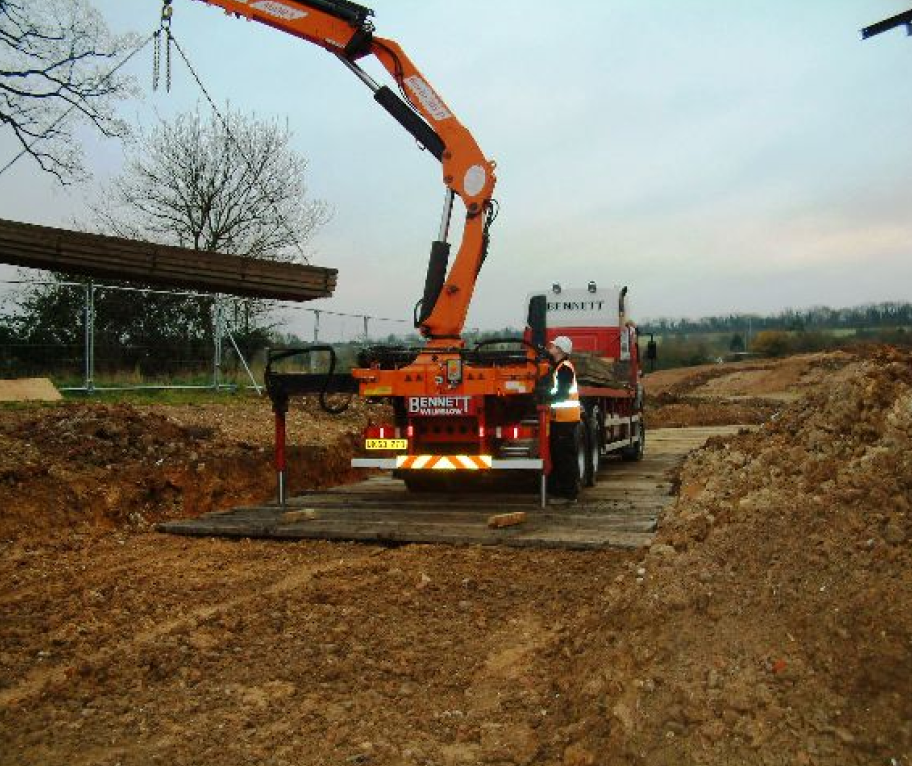
Why Should You Buy Or Hire Timber Mats For Forestry Management Or Forest-Based Projects?
Forestry management and forest-based projects bring with them some unique challenges, the most obvious of which is the protection of the environment you’re working in and demonstrating the use of sustainable materials wherever possible. Sustainable timber mats have several benefits for forest-based projects, including the following:
- Make it safer to work on uneven ground, overcoming obstacles such as previously felled trees or old stumps
- Reduce the chances of heavy machinery sinking into softer ground
- Help to prevent any unwanted damage to the forest, including reducing the risk of fires caused by intense heat and sawdust in dry seasons
- Maintain safe and reliable access to remote areas even during winter
By choosing a timber mat supplier that covers these benefits, your forestry management or forest-based project should continue with a reduced risk of incidents, including potentially time-consuming and expensive rescue jobs if vehicles or personnel are isolated due to adverse weather conditions. Keeping these issues at bay has the added benefit of reducing the possibility of a ballooning budget.
At Timbermat, our sustainably produced timber mats provide access to hard to reach forests without risking unwanted damage to trees, improving access for heavy vehicles and personnel, and providing areas for construction materials, allowing you to mitigate risks and focus on the project at hand.
If you want to find out more about hiring or buying timber mats for forestry management or other forest-based projects, please call our team today on 08000 12 1231 or fill out the form on the right to discuss your requirements.
27 years’ of experience
Bog mats to suit your every requirement
Competitive hire & sales rates
Fast response and delivery throughout the UK & Europe
Hiab off-loading & Crossrail compliant vehicles
Stock available from our London, Manchester & Edinburgh depots
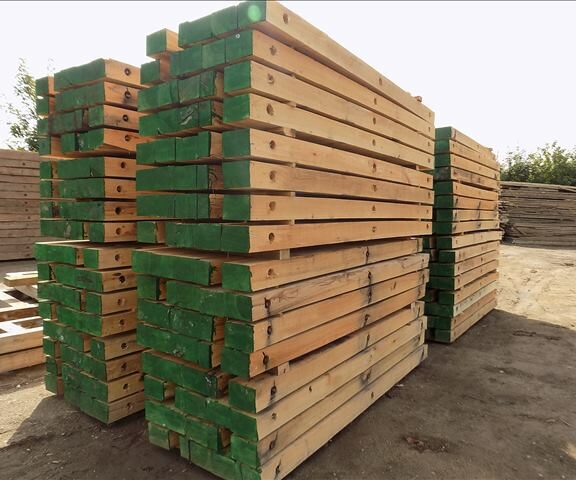
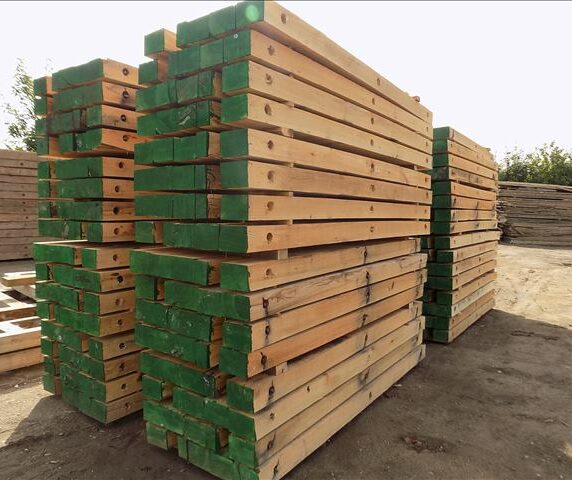
Why Is Sustainability So Important To Forestry Management Or Forest-Based Projects?
Because forests are often protected areas of land, sustainability is a hot topic at the forefront of forestry management, which means that the bog mats used in forestry management or forest-based projects need to be too.
Bog mats can be made of a variety of different materials, but at Timbermat, we strive to ensure that our timber mats are made from sustainable timber that comes from strictly monitored and managed forests with replanting programmes that reduce the strain on the forest. We do this because it’s better for our environment.
Replanting programmes mean that forests aren’t left desolate by ensuring that wherever a tree is felled, another is planted in its place. As well as helping to reduce the impact of deforestation on our environment, replanting also serves to build new homes for displaced wildlife.
At Timbermat, we work with certified sustainable timber merchants to ensure our hardwood mat supplies can be maintained for years.
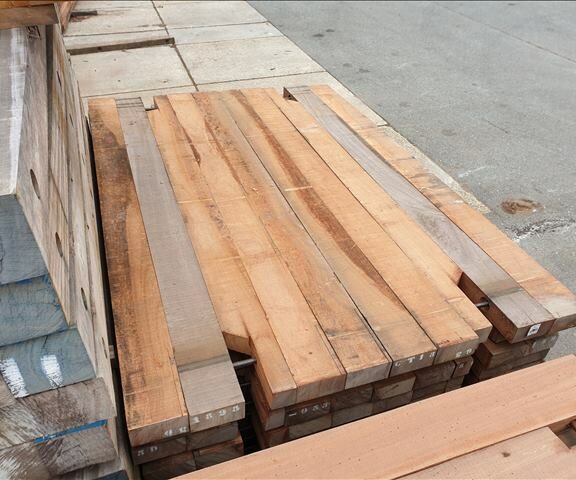
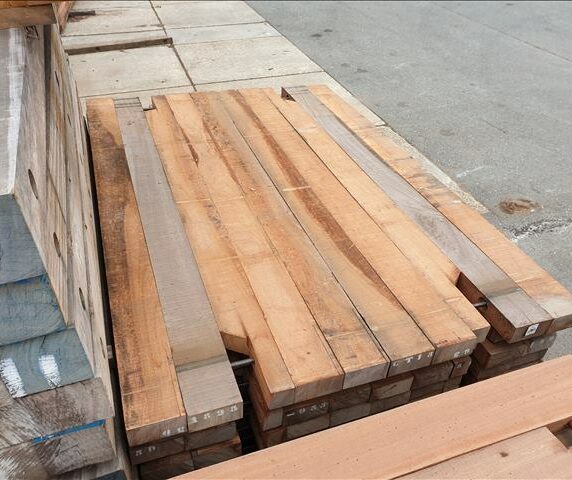
Forestry Mats For Sale And Hire
With so many unique challenges that can face forestry construction projects, the best timber mat you need will depend on the forest location and the time of year that your project will take place during.
Our heaviest hardwood timber mats allow for flexibility as they’re easy to move due to their standard lifting points, but our heavy equipment mats use a special laminated construction to substantially reduce their thickness without reducing their strength.
Whichever mat is right for your forestry project, we offer options for hire and purchase, so you don’t have to worry about storing our mats if your project is temporary, but they’re available for sale if you need a long-term installation. If you’re not sure of the right option for you, contact us and we can help you find the right option.
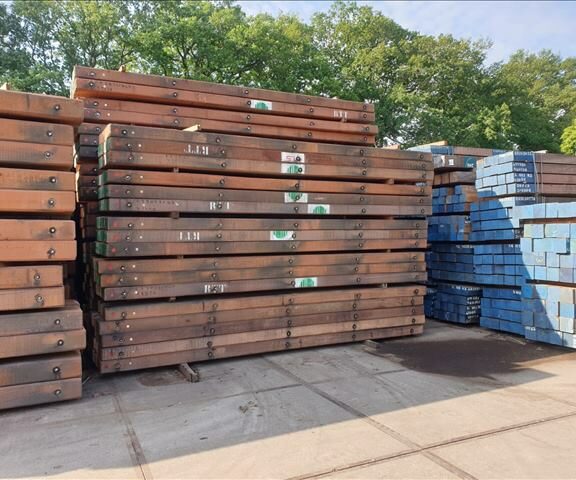
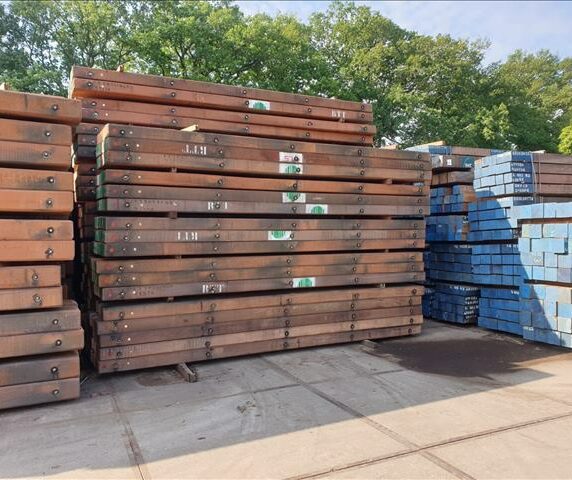
Help Your Forestry Project Stick To Deadlines And Don’t Fall Behind
The Timbermat team is well versed in helping projects on adverse terrain stay on track, and that’s also true of forestry and forest-based projects. We’re here to help you make your project run smoothly without having to worry about unnecessary damage to the environment.
Whether you need help with new or existing forestry management, whether you need to move heavy machinery or safer walkways, we’re here to ensure no matter how remote your site, you’ll have the safe and reliable access you need.
Find out how our team of experts can help you by filling in our online contact form or call us on 08000 12 12 31.
It’s a highway. We run 100 ton excavators with aggressive growsers
Ned Scrivner – Conestoga-Rovers
